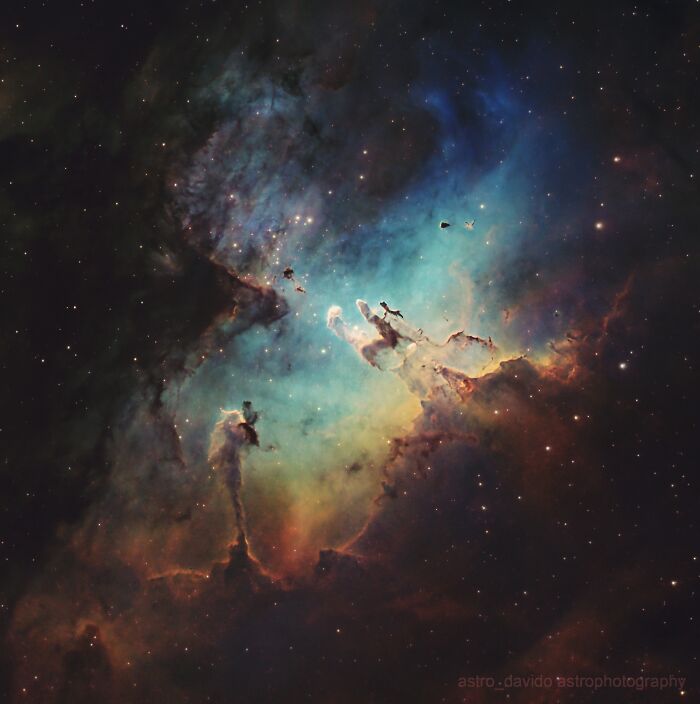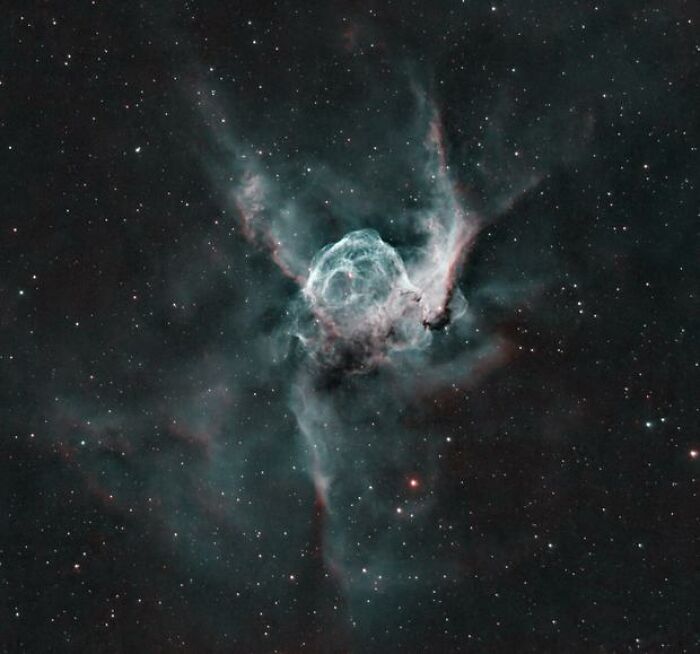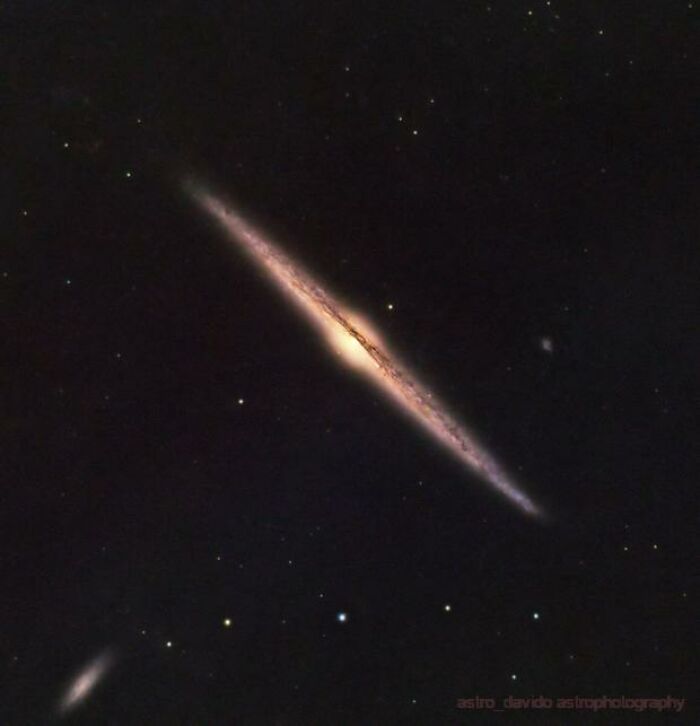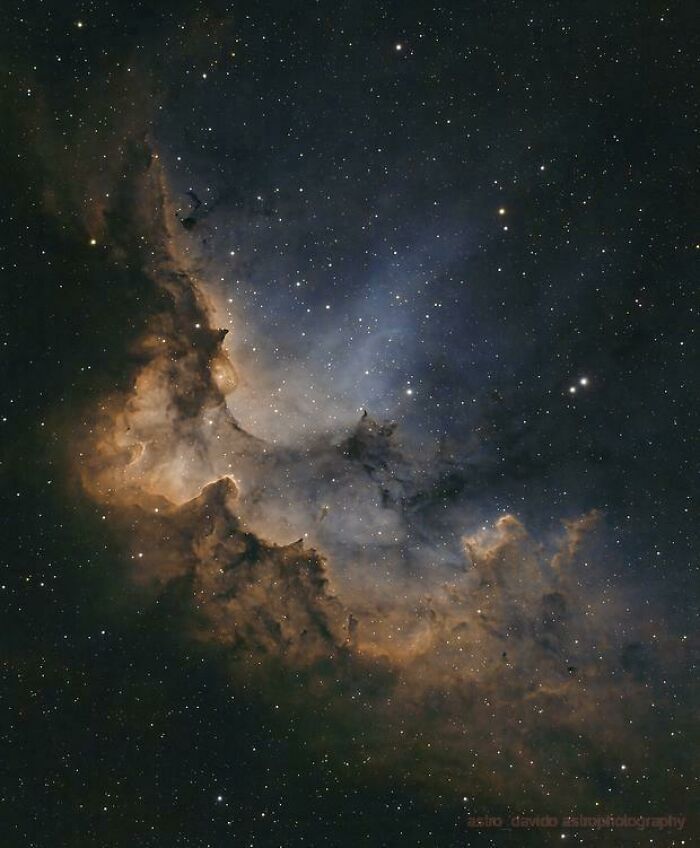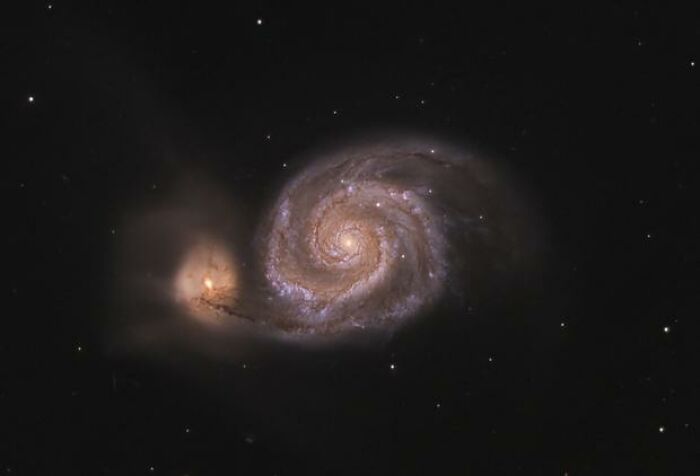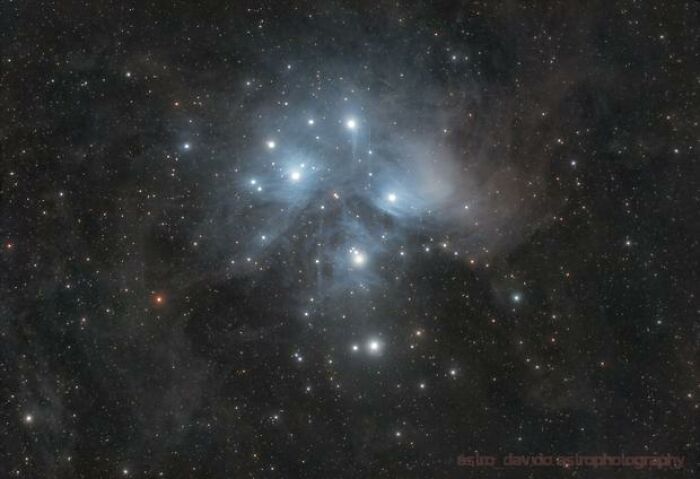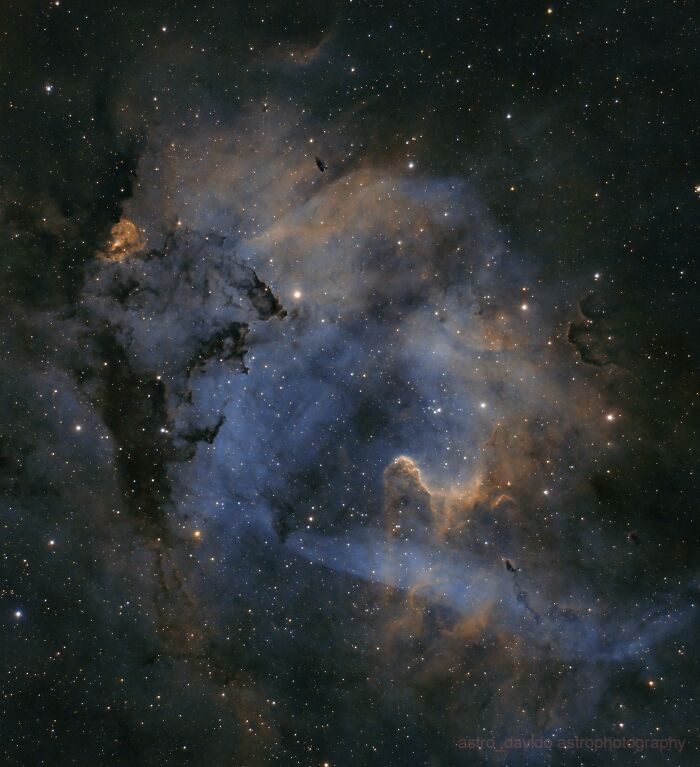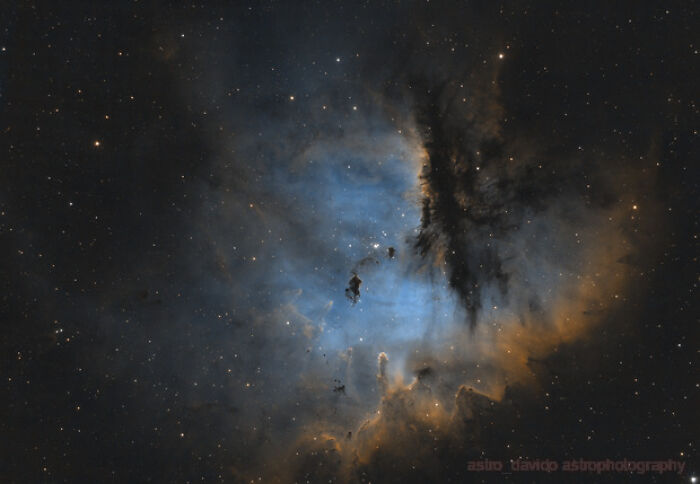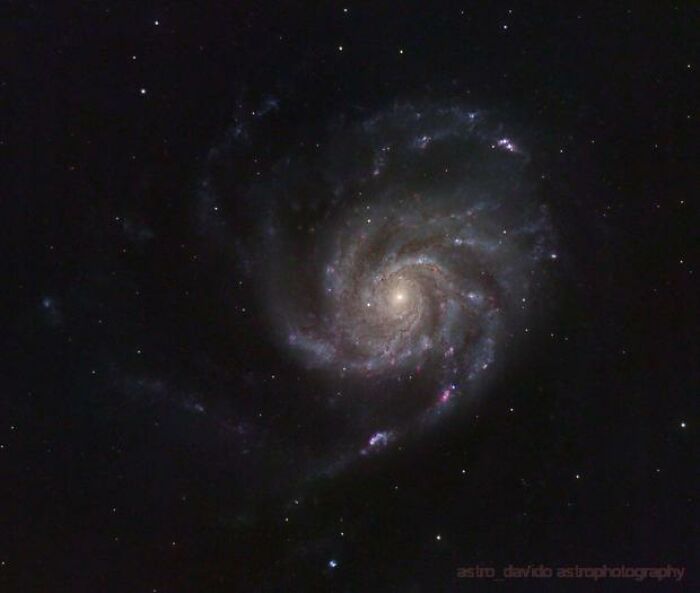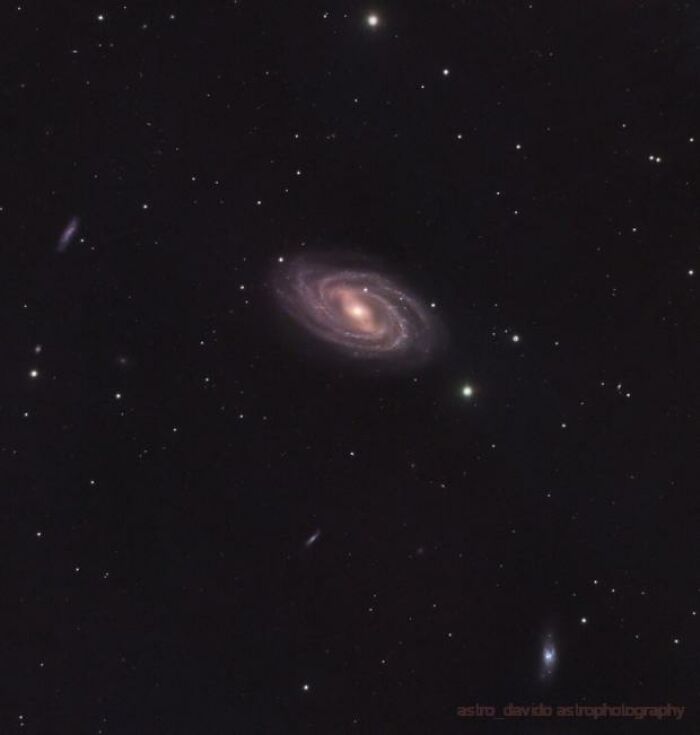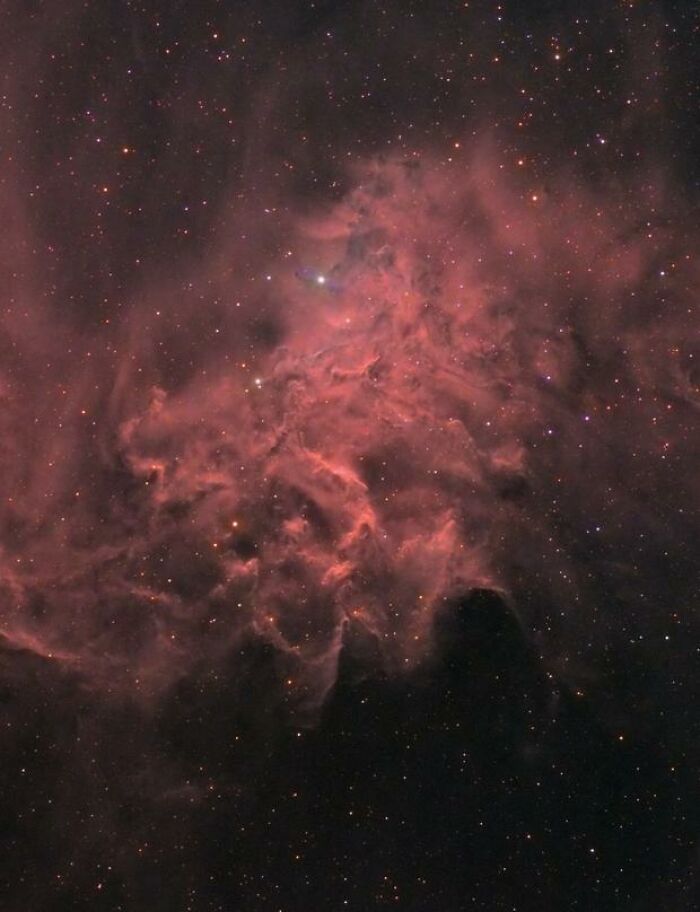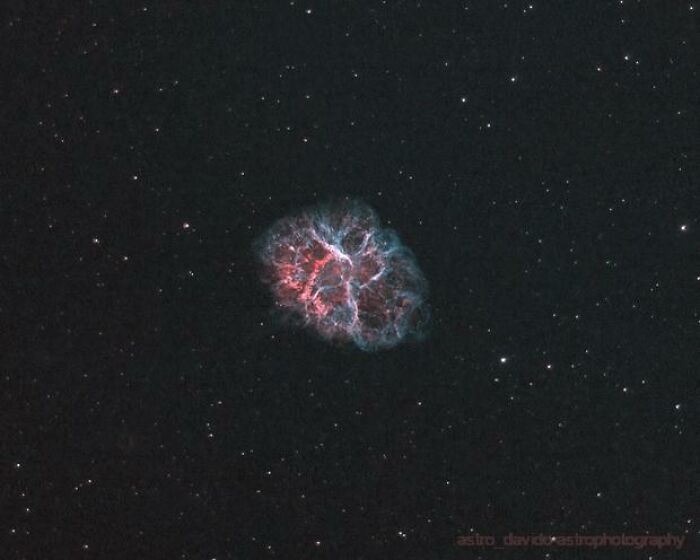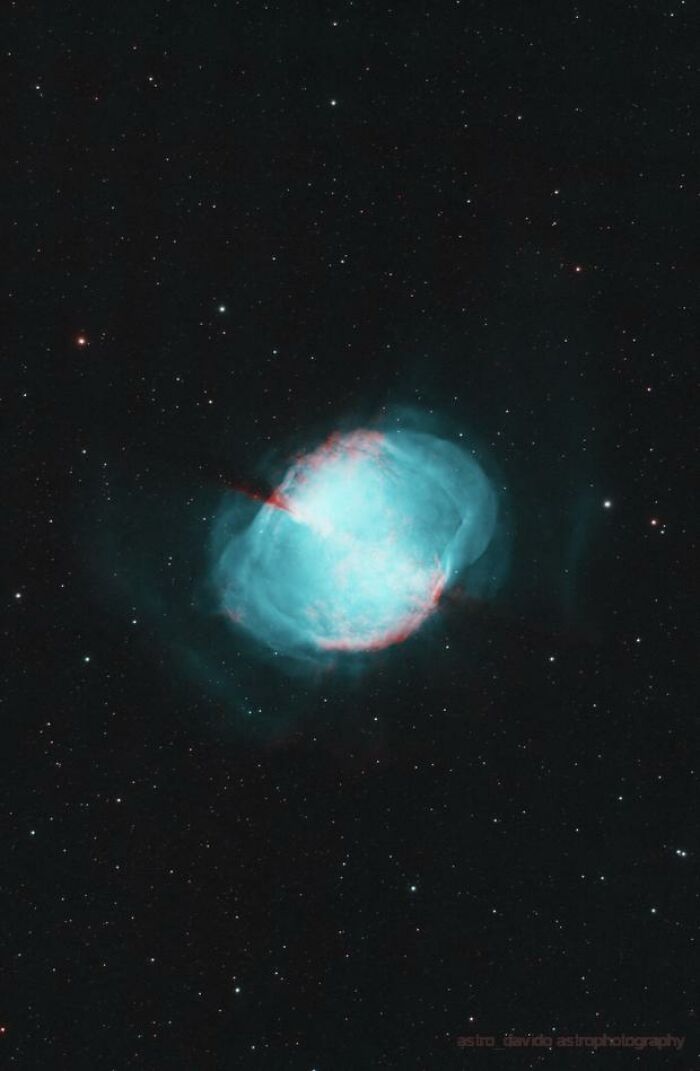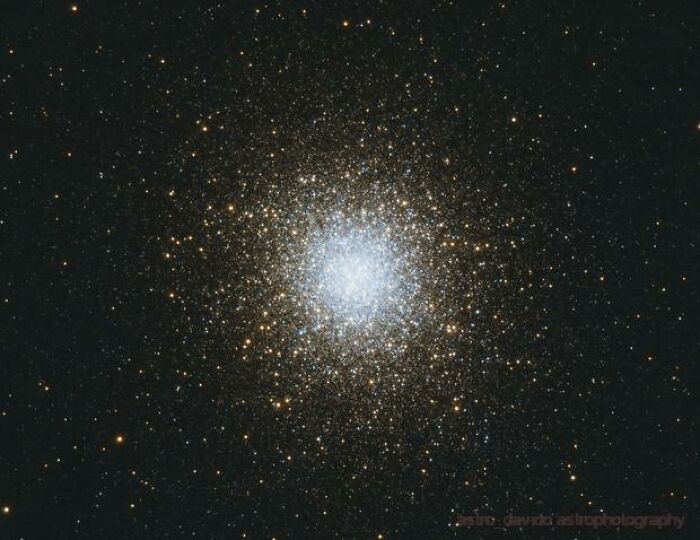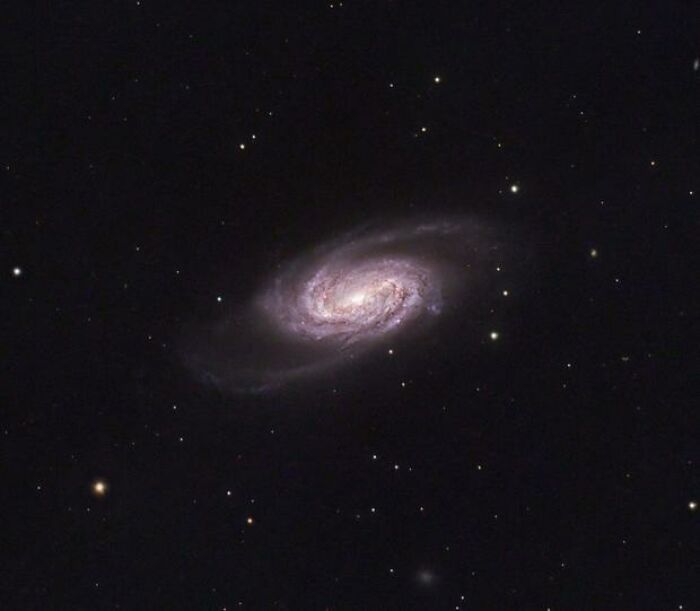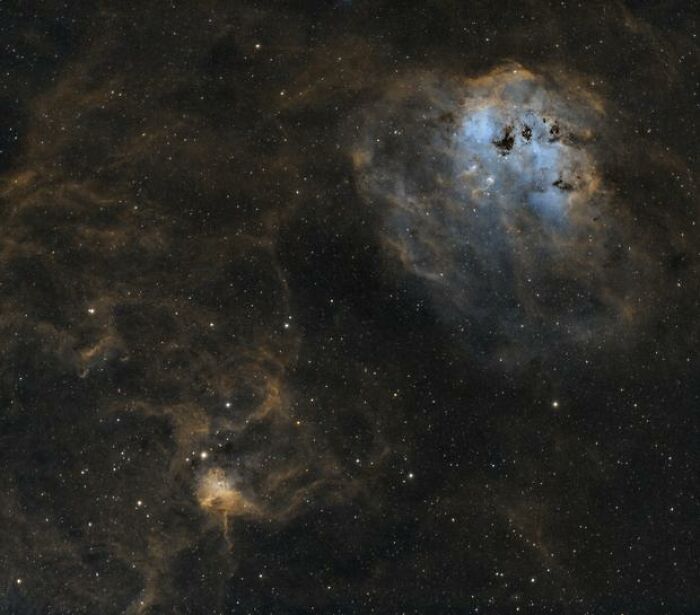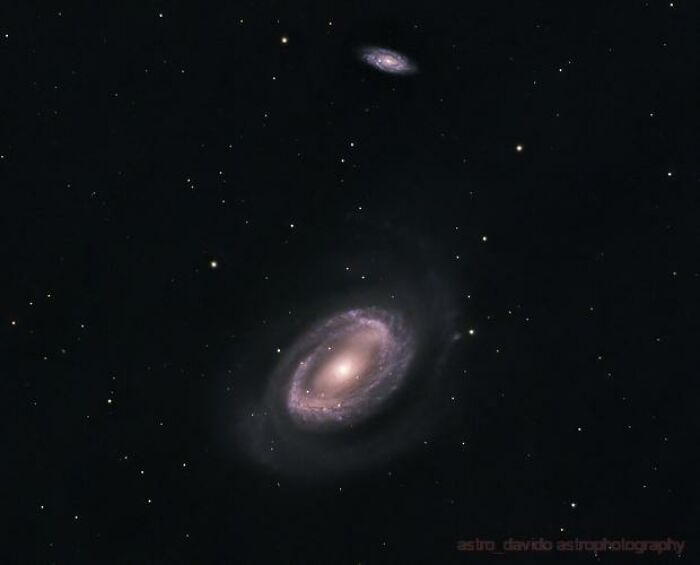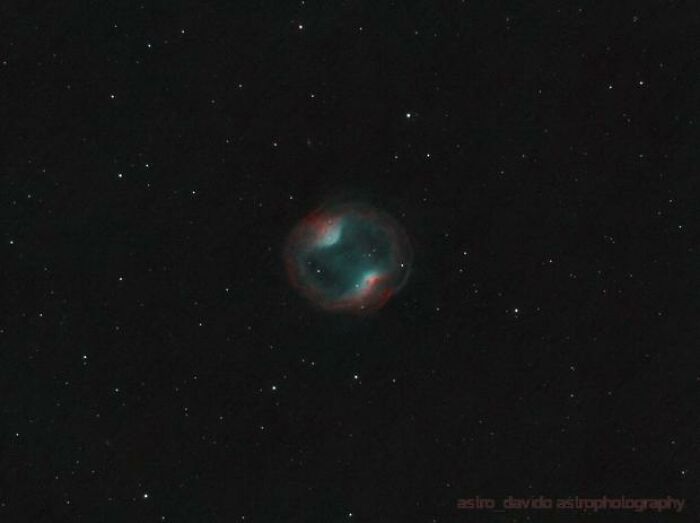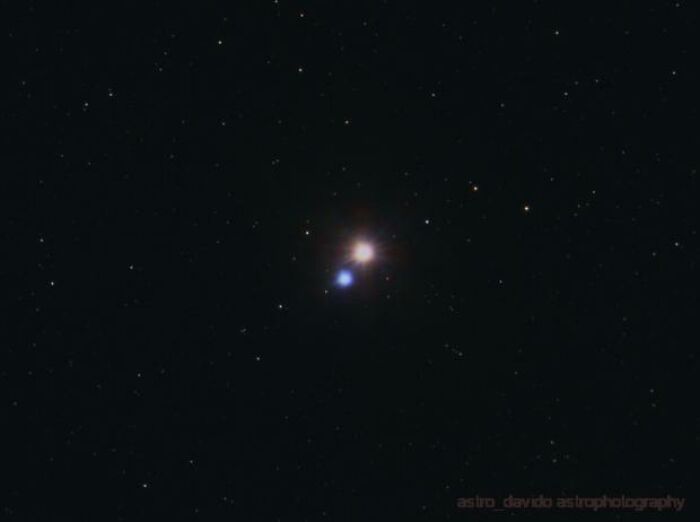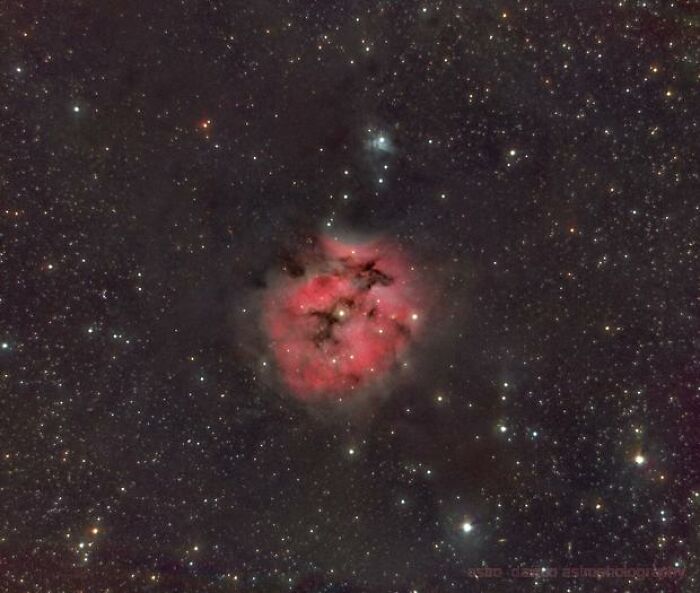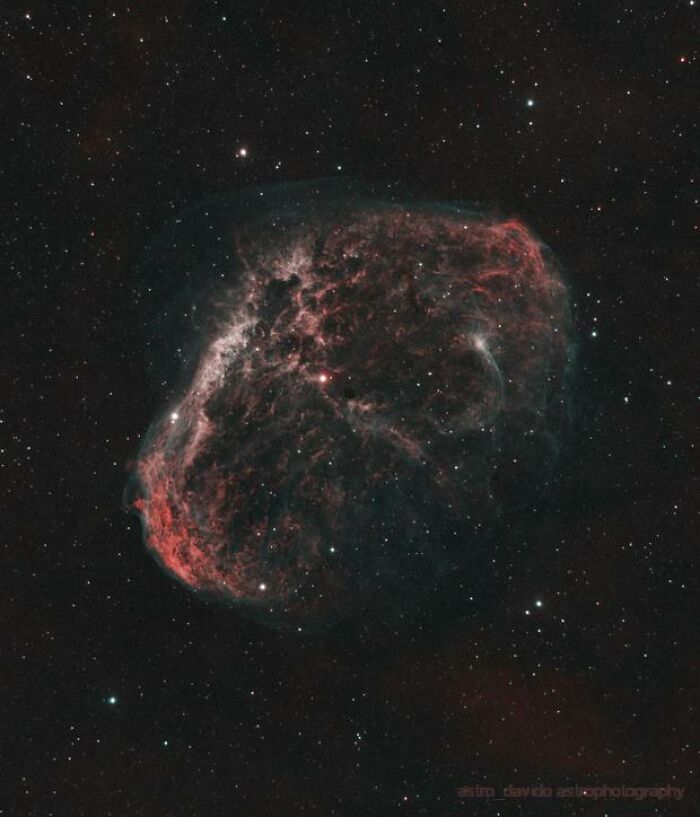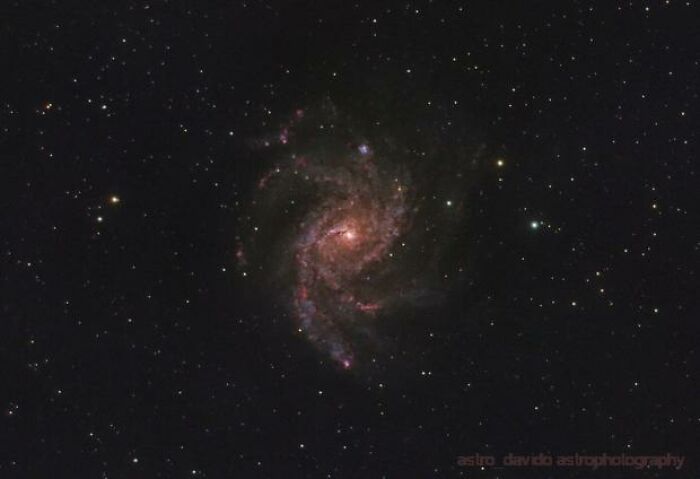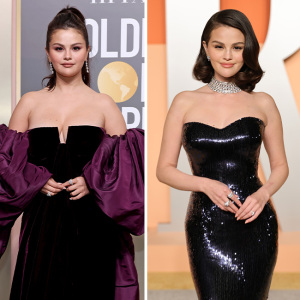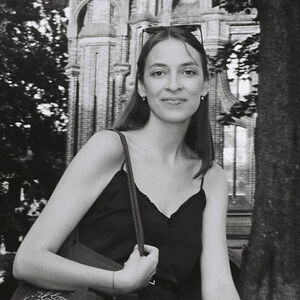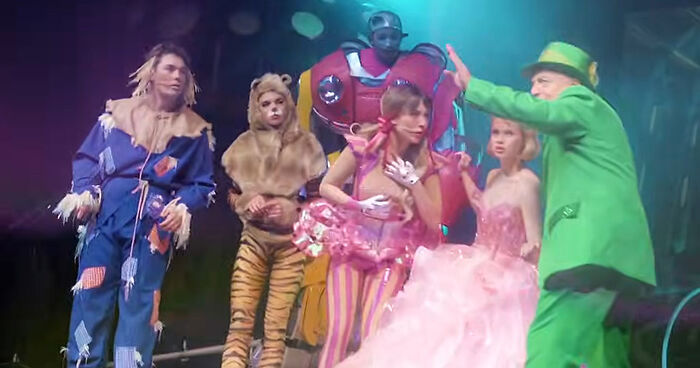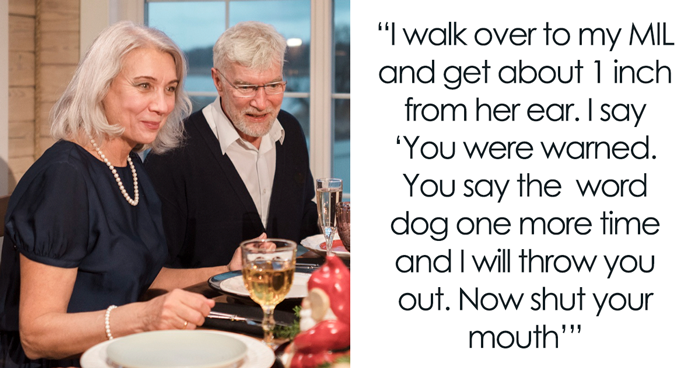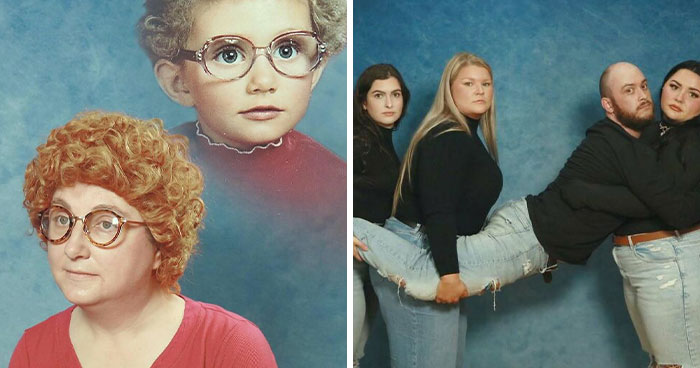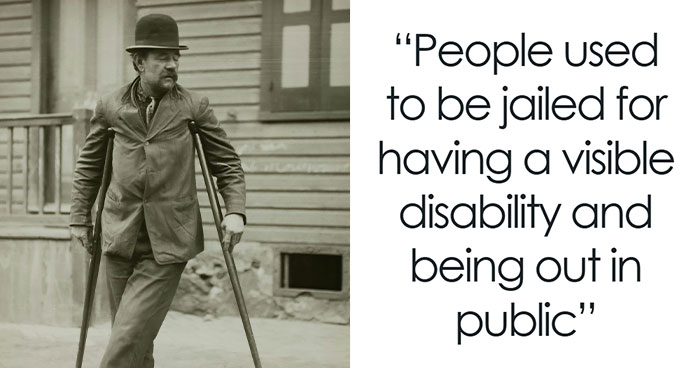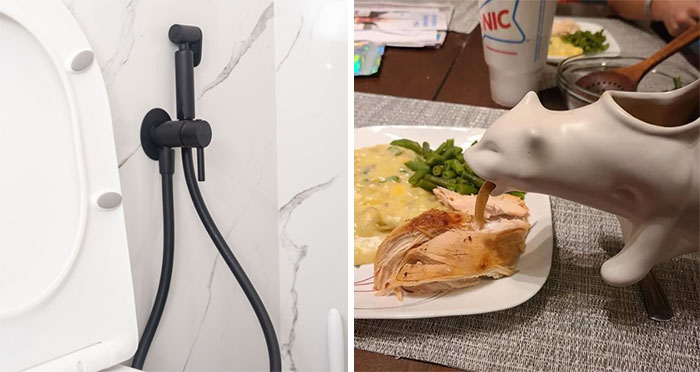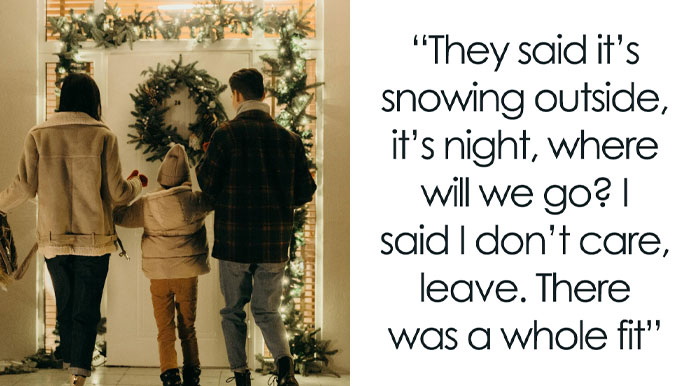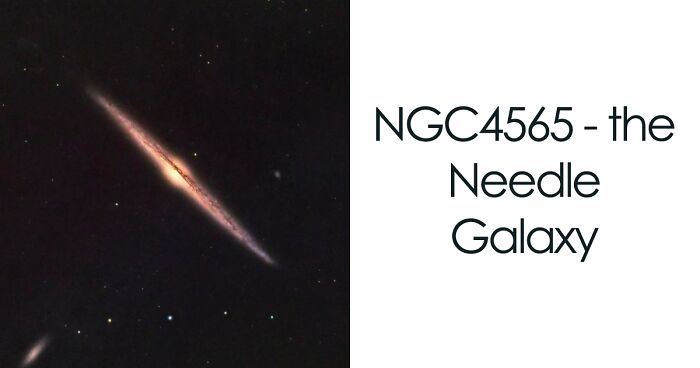
I Enjoy Taking Long Exposure Photographs Of Deep Space Objects, Here Are 22 Of My Latest Images
My name is David and I spend every clear night out under the stars with my telescope taking long exposure photographs of deep space objects.
These are my latest images that I've captured. I think it is amazing what we can see from our own backyards even in highly polluted areas! Whenever the conditions are right, I take my gear outside to create new stills and then share them with others on my Instagram profile. You can also find more of my photographs in my previous post on Bored Panda.
More info: astrodavido.com | Instagram
This post may include affiliate links.
M16 - The Eagle Nebula
Wow, this is terrific !! Pillars of creation in the middle is almost like Hubble image. Can you share information about integration time per filter (SHO) and your telescope? Thanks.
Ngc2359 - Thor's Helmet Nebula
Ngc4565 - The Needle Galaxy
Think for a moment. Galaxies have billions of stars. Those stars have Goldilocks zones, and some have planets in said zone. Those planets may host intelligent life. Anyone who thinks Earth is unique in the fact that it has life is selfish. We have proof that small bacteria used to live on Mars even!
Ngc 7380 - The Wizard Nebula
M51 - The Whirlpool Galaxy
I love how many times you see this beauty tagged as the Milky Way. Far out camera man.
M45 - The Pleiades
I love the Pleiades! Outer space and Ancient Greece are my two biggest special interests and I love how much Greek mythology ties into astronomy
Sh2-132 - The Lion Nebula
Ngc281 - The Pac-Man Nebula
M101 - The Pinwheel Galaxy
I’m correcting my previous comment, this just looks like A Galaxy
M109 - The Vacuum Cleaner Galaxy
Ic 405 - The Flaming Star Nebula
M1 - The Crab Nebula
M27 - The Dumbbell Nebula
M13 - The Hercules Cluster
Ngc2903
Ic410 And Ic417 - The Tadpoles Nebula And The Spider Nebula
Ngc4725 And Ngc4712
Jones-Emberson 1 (Pk 164+31.1) - The Headphone Nebula
Albireo - A Double Star
Ic5146 - The Cocoon Nebula
Ngc6888 - The Crescent Nebula
Ngc6946 - The Fireworks Galaxy
I used to enjoy the night sky until our local government introduced ultra bright white LED lights and installed MORE light units to replace the old sodium ones, the night sky has almost vanished in to a sea of light pollution......I hope that their own lights in their homes forever blow bulbs. David you work is amazing and is brilliant to see.
Ugh, I’m so sorry - unfortunately, light pollution isn’t a priority it seems. I’m in Bortle 6/7 skies so I understand. Have you checked into EAA before, its essentially live stacking images with the scope - nice alternative to visual astronomy while still getting out under the stars. Thanks for the kind words!
Load More Replies...Thanks! For most of these, I used a Celestron 8" Schmidt-Cassegrain telescope on a CGEM II mount with a ZWO ASI1600MM Pro camera. For narrowband data, I use Antlia 3nm filters. For a few of these images, I used my little Astro-Tech AT72EDII refractor on an AVX mount.
Load More Replies...David, how do you do the enhanced coloring? Your photos are just gorgeous. My husband has been doing this out in our front yard all summer.
Thank you! I use software called Pixinsight to do all of my post-processing. I use a mono camera so I start with 3 different images, one each for hydrogen, oxygen and sulfur on narrowband targets. I remove the stars from each and colorize each channel typically mapping the colors in a SHO palette which is sulfur to red, hydrogen to green and oxygen to blue. From there it’s minor curves adjustments and color masks and light stretching and then add the stars back in. I need to do a YT video on my process!
Load More Replies...Fun fact: in finnish, nebula is tähtisumu- literally "starfog"
Amazing images. Even tough I actually don't believe it's out there. I mean, living in a big city and being surrounded by light pollution, I can't remember when I have seen more than max 100 boring white stars in the sky. Would LOVE to see these in real life
Thank you so much! I understand, my skies aren’t great so visual astronomy is almost impossible here, long exposure photography with narrowband filters is my alternative to combat light pollution.
Load More Replies...Such amazing pictures... Thanks for sharing! Sometimes it is intimidating how small the earth and us humans really are in the universe...
Thank you very much! I feel the same way about our place in the cosmos. Carl Sagan once said astronomy is a humbling and character-building experience and I couldn’t agree more!
Load More Replies...Best post on bp, hope you post more images here. Amateur astronomy is underrated, and, as one myself, is the best hobby that could ever exist!
Thanks so much! I’m working on a close up portion of the Heart Nebula now (the fish head)
Load More Replies...I used to enjoy the night sky until our local government introduced ultra bright white LED lights and installed MORE light units to replace the old sodium ones, the night sky has almost vanished in to a sea of light pollution......I hope that their own lights in their homes forever blow bulbs. David you work is amazing and is brilliant to see.
Ugh, I’m so sorry - unfortunately, light pollution isn’t a priority it seems. I’m in Bortle 6/7 skies so I understand. Have you checked into EAA before, its essentially live stacking images with the scope - nice alternative to visual astronomy while still getting out under the stars. Thanks for the kind words!
Load More Replies...Thanks! For most of these, I used a Celestron 8" Schmidt-Cassegrain telescope on a CGEM II mount with a ZWO ASI1600MM Pro camera. For narrowband data, I use Antlia 3nm filters. For a few of these images, I used my little Astro-Tech AT72EDII refractor on an AVX mount.
Load More Replies...David, how do you do the enhanced coloring? Your photos are just gorgeous. My husband has been doing this out in our front yard all summer.
Thank you! I use software called Pixinsight to do all of my post-processing. I use a mono camera so I start with 3 different images, one each for hydrogen, oxygen and sulfur on narrowband targets. I remove the stars from each and colorize each channel typically mapping the colors in a SHO palette which is sulfur to red, hydrogen to green and oxygen to blue. From there it’s minor curves adjustments and color masks and light stretching and then add the stars back in. I need to do a YT video on my process!
Load More Replies...Fun fact: in finnish, nebula is tähtisumu- literally "starfog"
Amazing images. Even tough I actually don't believe it's out there. I mean, living in a big city and being surrounded by light pollution, I can't remember when I have seen more than max 100 boring white stars in the sky. Would LOVE to see these in real life
Thank you so much! I understand, my skies aren’t great so visual astronomy is almost impossible here, long exposure photography with narrowband filters is my alternative to combat light pollution.
Load More Replies...Such amazing pictures... Thanks for sharing! Sometimes it is intimidating how small the earth and us humans really are in the universe...
Thank you very much! I feel the same way about our place in the cosmos. Carl Sagan once said astronomy is a humbling and character-building experience and I couldn’t agree more!
Load More Replies...Best post on bp, hope you post more images here. Amateur astronomy is underrated, and, as one myself, is the best hobby that could ever exist!
Thanks so much! I’m working on a close up portion of the Heart Nebula now (the fish head)
Load More Replies...
 Dark Mode
Dark Mode 

 No fees, cancel anytime
No fees, cancel anytime 






